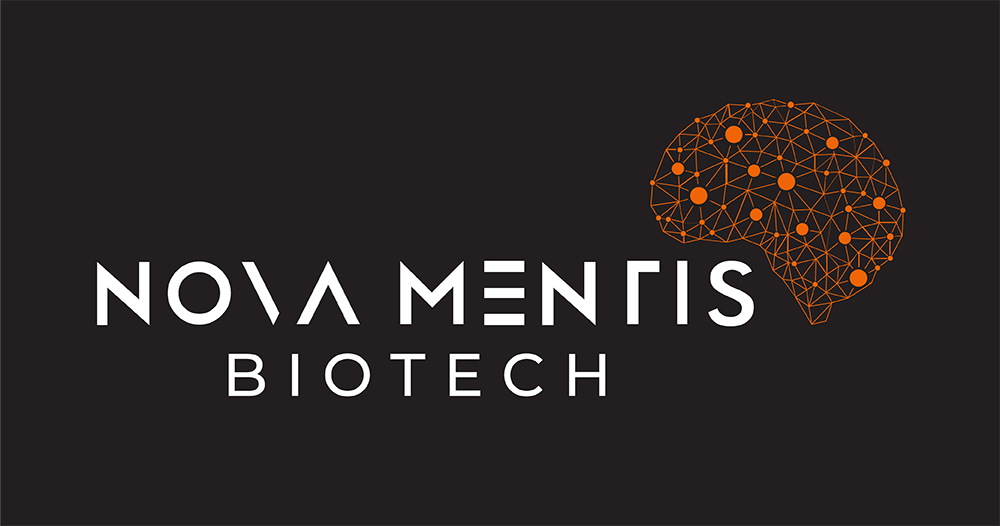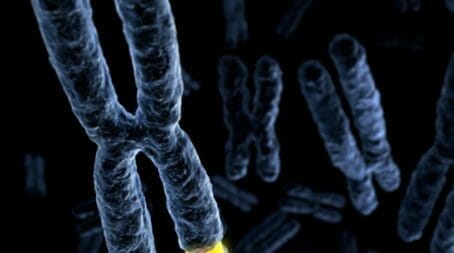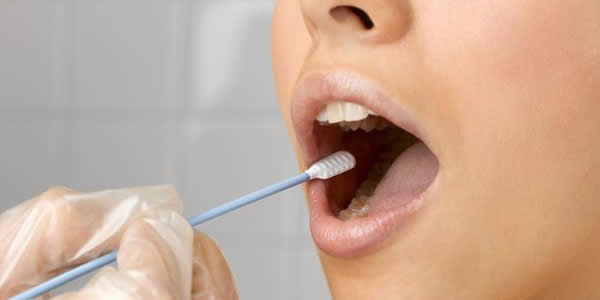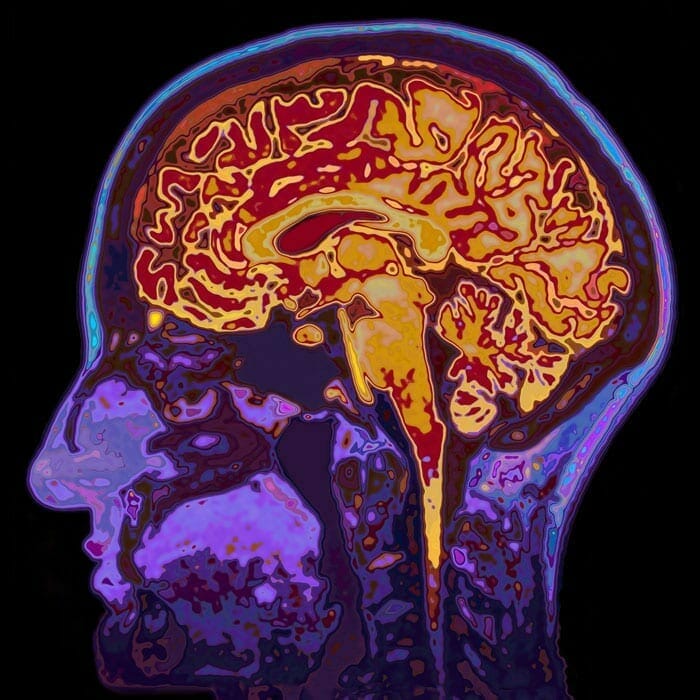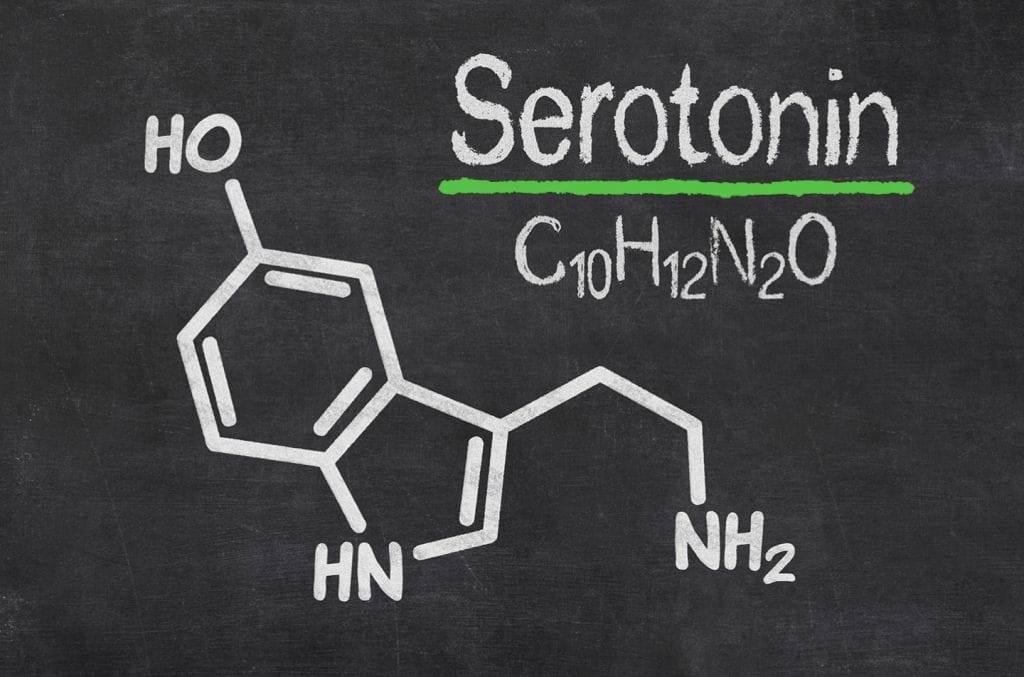When you write about the psychedelics industry, most of the people you speak with are corporate executives and most of what you read comes from PR personnel, so speaking with the Chairman of Nova Mentis’ (NOVA.C) Scientific Advisory Board, Dr. Marvin S. Hausman, was a nice change of pace.
Many discussions and articles about psychedelics eschew discussions of the scientific process in favour of hyping exciting results, results which are often not public and can’t be scrutinized. But speaking with Dr. Hausman about Nova Mentis’ plans for their data bank, I was treated to a discussion that gave the scientific process its proper due. We spoke about his experience in medical research, the relationship between inflammatory reactions and serotonin, and his plans for Nova Mentis’ data bank.
It was a pleasure to speak with someone interested in, as he put it, the “granular” level of these things.
Piers Eaton: Thanks for giving me a chance to chat to you. To start, could you tell me about your background?
Dr. Hausman: I received my medical degree from New York University School of Medicine in New York. I became involved in clinical drug studies for some of the major drug companies and eventually co-founded a company called Medco Research that developed cardiovascular drugs and ended up going on the New York Stock Exchange.
When my mother came down with dementia, I decided to leave the practice of medicine, and devote myself to the diagnosis and development of treatments for Parkinson’s disease and Alzheimer’s disease. I’m currently involved in autism research and specifically the application of psilocybin and other related mushroom-based hallucinogenic compounds for autism spectrum disorder (ASD). Neuroinflammatory conditions such as ASD, Parkinson’s disease and Alzheimer’s disease are examples of disorders with both gastrointestinal and neurological consequences. We believe that neuronal connections and the immune system might provide conduits that allow diseases acquired in the gut to spread to the brain. We also believe that therapeutics that stimulate serotonergic signaling such as psilocybin and other tryptamine derivatives, like baeocystin and aeruginascin, offer promise as effective early childhood interventions for children at risk of ASD.
Do you see psilocybin as treating just anxiety for those with autism spectrum disorder (ASD), or do you think it has more potential?
Psilocybin is an ancient product. The mushroom kingdom is the largest kingdom in the world. There are over 40,000 mushroom species; a small number are edible, and psilocybin is part of that kingdom.
The mechanism of action of psilocybin remains unclear.
Many people are currently using psilocybin to treat depression. The mechanism of action of psilocybin remains unclear. Psilocybin appears to work with a compound in the body called serotonin. There are drugs being used called serotonin re-uptake inhibitors and they work by increasing serotonin.
Serotonin transmits the signal between the beginning and end of the nerve, but then the body reabsorbs the serotonin. Therefore, if you stopped the re-uptake and reabsorption, you increase the levels of serotonin and it has an effect on depression and anxiety. Perhaps there is another mechanism of action. We think now that anxiety and depression may also be an acute and/or chronic inflammatory reaction.
How is serotonin involved in that inflammatory reaction and how does it relate to your research?
I want to prove that microbiomes are involved in serotonin regulation. For instance, take a look at Parkinson’s disease. The theory now is that Parkinson’s disease doesn’t start in the brain, it starts in the small intestine, and these inflammatory molecules that are produced in the small intestine, migrate up the vagus nerve into the brain and cause Parkinson’s disease.
These inflammatory molecules could be produced by bacteria in the small intestine, and that’s why I want to set up a microbiome and serotonin research center. I want to examine the feces, blood, and urine from ASD patients to see if there is a difference in levels of serotonin, and especially look at serotonin levels between different subsets of patients that make up the spectrum called autism. Autism is a spectrum; it’s a heterogeneous disorder.
I want to prove that microbiomes are involved in serotonin regulation.
5% of serotonin is produced in the brain, 95% is produced in the small intestine. Does the small intestine have its own nervous system that’s regulated by bacteria? The average human being contains 3 bacteria for every human cell. Shouldn’t we be paying more attention to it?
A popular approach is that people sit on a mountain top and take psychedelics. I think the industry needs to come into the 21st medical century. The hottest stocks on the market are setting up psychedelic treatment centers that monitor behaviour changes with patients listening to background music, under psychiatric observation. Is that the answer to get a drug approved through the FDA? I don’t think so.
There’s been a trend in the last decades towards the brain having all the answers, but there hasn’t been as much investigation into these other areas of the body that you just talked about. Does that mean you see the data bank as providing sort of a more holistic or a more sort of complete view of the kind of serotonin process?
How are you defining holistic?
You’re not just focusing on one part of the problem. You’re trying to focus on every factor that’s playing into the problem that you’re trying to solve.
I like the word, but I think a holistic view is an overview at 30,000 feet. I want to be granular and focus on the bullseye. I want to have a hard data bank that gives me concrete measurements with physiologic biomarkers.
I want to be granular and focus on the bullseye. I want to have a hard data bank that gives me concrete measurements with physiologic biomarkers.
If there’s something that suggests a six-month old child has autistic tendencies, I want to study the child, and see what the serotonin levels are. I want to have a very specific data bank that we can use to look at subsets of autism and then pick one of these compounds, whether it’s psilocybin, baeocystin or aeruginascin, that show a therapeutic response. But I don’t want to prove things only through behavioural changes. Behavioural changes are biased and are assessed by parents and psychiatrists. I want hard end points.
So you think a data bank will help all sorts of future FDA approval efforts?
Absolutely. They want biomarkers and statistically significant end points.
And what do you think psilocybin can do for autism specifically?
If you look at the work we are doing in cooperation with Dr. Viviana Trezza at Roma Tre University who has developed three excellent models that mimic human autism. One is the valproic model (VPA), the other one is a fragile X model and there is also a bacterial model.
There’s some indication pregnant women may be getting an infection that is contributing to autism, which lends support to studying a bacterial model. In addition, there are reports that ASD children on antibiotics appear to have an improvement in their ASD symptoms. VPA, on the other hand, is an anti-epileptic drug which, if taken while pregnant, creates an increased tendency to have autistic children. Dr. Trezza injects pregnant rats with VPA to produce autistic pups and, with psilocybin, we were able to modulate their anxiety behaviour.
I think that this data bank is going to lay the groundwork for a better understanding.
We also just completed treatment of Dr. Trezza’s fragile X model using our proprietary psilocybin drug. We plan to release the data from this study soon. We are accumulating quite a bit of data on the effects of psilocybin treatment. The question is why does it have an effect and what can be translated from this animal model into the human condition?
I think that this data bank is going to lay the groundwork for a better understanding. I want to have an app out there, where if a family has an autistic child, we can measure these parameters at six months, one year, two years, four years, and you’ll have all the data on your app. Then, when the ASD patient receives behavioral therapy or drug therapy, we can actually show whether there is a response.
If they had a data bank similar to what we have, they may have identified this fragile X subset, and they could have had an approvable drug.
I don’t know if you follow Zynerba, a company that is developing an epidermal cannabinoid. I think they would have had an approvable study, but I think they missed the endpoint. They had statistical significance on reducing anxiety in fragile X, but in only one subset of fragile X. The entire study missed statistical significance.
The FDA may require them to repeat the whole study. If they had a data bank similar to what we have, they may have identified this fragile X subset, and they could have had an approvable drug.
Right, so the serotonin research center’s data bank will allow you to better understand what is going on in your studies. You won’t just be monitoring behaviours, which, as you said earlier, can be biased by parents or psychiatrists.
I’ve seen that you’re interested in something called ‘the entourage effect’, do you mind giving me an overview of what the entourage effect is?
Entourage is a word that applies to combinations of compounds. Essentially, the combination is more effective than the individual components. This world is mainly used in the cannabis field.
It means that you’re combining components. Why does a mushroom have psilocybin and baeocystin? Why does another mushroom create a tryptamine derivative called Aeruginascin?
I think that we may be the first company in the world to have 99% pure psilocybin, Aeruginascin and baeocystin in synthetic form. That puts us in a unique position to create an entourage formulation.
And what do you see as the advantages of the entourage formulations?
To lower the dose and increase the bioavailability and biochemical reaction. There’s evidence now out there that Aeruginascin by itself may reduce the hallucinogenic side effect of psilocybin. It’s important to understand how all the different parts of the mushroom work together.
Take an orange. The industry produces vitamin C and sells it to you. They’re making billions of dollars, but as soon as you take vitamin C, most of it goes out in your urine. Why did nature put vitamin C in an orange, to have it synthesized? Do other components in the orange make vitamin C more bioavailable?
It’s important to understand how all the different parts of the mushroom work together.
Vitamin C is working with other compounds contained within the orange. Psilocybin was put in a mushroom, but it was put in there with the other components of the mushroom. And we shouldn’t really just focus entirely on psilocybin, but on the potential application of other components of the mushroom as well.
Before you go, in the press release about the autism spectrum data bank, there was mentioned some future dosage trials planned for 2021. What are the goals of those dosage trials?
I want to have an IND (Investigational New Drug) file with the FDA before the end of the year and I want to start calculating out the dosage for a microdose study. My plan is to treat an autistic individual several times over a period of 1-2 months all the while measuring a variety of parameters.
Before we treat this individual, we want to have a data bank of feces, blood, urine, cheek cells. We want to measure serotonin levels and activity of the serotonin receptor. What are the serotonin levels? Once we treat and we see a behavioral modification, we can also identify what biological markers change and provide us with hard measurable endpoints. There’s an absolute hard end point that changes in these parameters. I just don’t want to be out there assessing response to treatment only based on subjective behavioural changes, like everybody else.
Once we treat and we see a behavioral modification, we can also identify what biological markers change and provide us with hard measurable endpoints.
I’m doing it differently than most of the people in this industry. I am relying on my previous experience developing drugs for pharmaceutical companies.
If you have 10 drugs that reduce blood pressure, which is the better one? They all lowered the blood pressure, some more than others. But if you had hard end points (which having a data bank can help you assess) that show that there are other positive uses of this drug in the body, then you know that this drug is better than the others.
Thank you for speaking with me.
You’re welcome.

